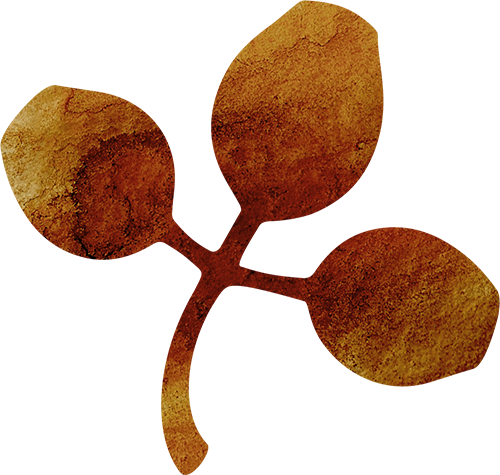
It is a Saturday morning, and while children run around ovals all over the state, kick various shapes of ball and generally get very grubby, a group of friends gather outside a kitchen in Footscray. Mixing caustic soda with water causes fumes to fly and we all retreat inside where the work of weighing, measuring and warming begins. As the oils melt and merge, conversation flows. Soap, children, ethical purchasing, school, gardening – the topics are as varied as the interests of those in the room. The one subject it continues to return to is the soap.
The recipe is simple – coconut oil, olive oil, lye (caustic soda mixed with water) and a selection of essential oils. The simplicity belies the science of soap making where all oils are not created equal. We have chosen our oils and ratios carefully to give a soap which will be hard enough to last, but will also lather well. We have also chosen oils which work well together and allow us to avoid palm oil.
Palm oil is one of the most commonly used oils in the cosmetic and food industries and it comes at a huge environmental cost. Most palm oil is produced in Borneo and Sumatra, where rapid clearing of rainforest for palm oil production is destroying the habitat of orangutans at such a rate that it is predicted they will be extinct in 20 years, with Sumatran tigers also placed under extreme pressure. In Indonesia and Malaysia, it is estimated that rainforests are being cleared at the rate of 300 football fields per minute, predominantly for the production of palm oil.
Back in Footscray, I’m enjoying melting coconut oil – our coconut oil has come from small communities in the Pacific (via Kokonut Pacific, see story this edition), where local people grow and harvest the coconuts and then extract the rich, high-quality, cold-pressed oil within hours of the nut leaving the tree. This crop neither enslaves the grower, nor destroys important habitat in the developing world. It also smells great as it melts. I picture the small, open shed in Tonga where I watched, eight years ago, as women and men worked together to extract this oil.
The other thing I love about soap making is the pleasure of using something I have made, something that I understand. I think we use things differently when we know them well, when something has been made through our own effort we not only appreciate it, but we cease to take it for granted. Soap is no longer just another item I pick off the supermarket shelf; it is something I think about every so often and work for a few times a year. If we run out of our own soap I feel that. I would love to extend this thought and care to some of the other things I use regularly; when I think about the things I use in a day, there are many I use quite thoughtlessly – that I couldn’t make and don’t understand. It seems to me that this disconnection is at the heart of some of the more pressing environmental and social issues of our time.
Now that my children are home and covered in mud, I’m pleased to have my cold-processed vegetable oil soap, free of palm oil and rich in stories to clean their grubby bodies... thank you friends.
This is an excerpt from a longer article in Manna Matters Nov 2010.
HOW TO MAKE SOAPHere is what you need to make soap and a rough idea of how you do it. However, it is quite an involved process and doing it safely is important. Go to Manna Matters Nov 2010 for fuller instructions.
|

 INGREDIENTS
INGREDIENTS